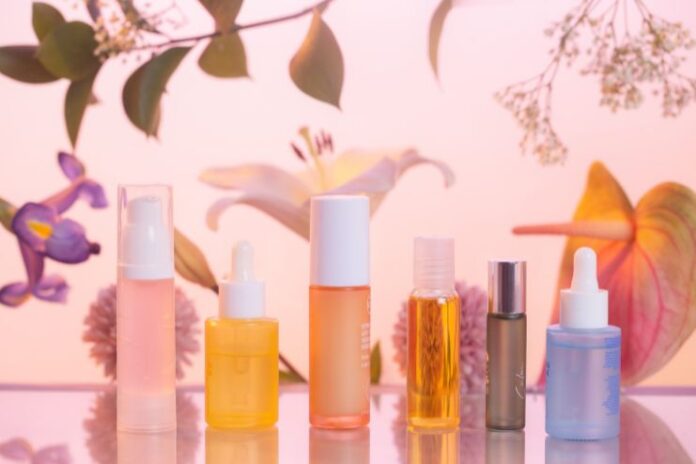AI Contribution
At HealthSpectra, we may use AI to refine grammar and structure, but every piece is shaped, checked, and approved by real people, our expert writers and editors, to ensure clarity, credibility, and care. Learn more..Affiliate Disclaimer
Some links in this article are affiliate links. We may earn a small commission if you make a purchase through these links, at no extra cost to you. We only recommend products we find useful to our readersSkincare today is no longer just about washing your face and slapping on a moisturizer. It’s become a sophisticated ritual powered by science-backed ingredients known as skincare actives—like retinol, AHAs, BHAs, niacinamide, and vitamin C. These actives promise smoother, brighter, and clearer skin, and for the most part, they deliver.
But here’s the catch: more isn’t always better. Layering too many powerful ingredients without understanding how they interact can do more harm than good, especially to your skin barrier, the unsung hero of healthy skin.
In this article, we’ll break down what the skin barrier is, why it matters, how certain active ingredients can weaken or damage it, and most importantly, how you can protect, heal, and strengthen it, while still enjoying the benefits of modern skincare. Let’s get into it.
What Is the Skin Barrier & Why Is It Important?
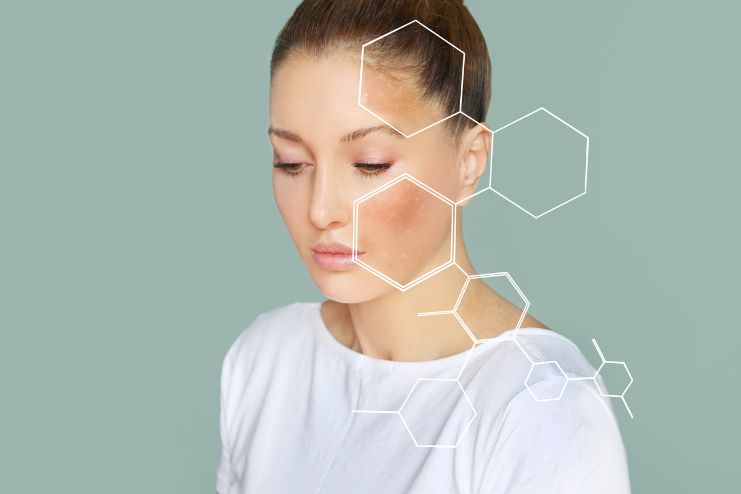
Your skin barrier—also known as the stratum corneum—might be the thinnest layer of your skin, but it’s easily the most important. Think of it as your skin’s frontline defense: a protective shield that keeps the good stuff in and the bad stuff out.
What Exactly Is the Skin Barrier?
Scientifically speaking, the skin barrier is made up of tightly packed skin cells called corneocytes, held together by a matrix of lipids (fats) like ceramides, cholesterol, and fatty acids. If that sounds technical, imagine your skin as a brick wall—the corneocytes are the bricks, and the lipids are the mortar that holds it all together.
Why Is It So Important?
- Moisture Retention: The skin barrier’s primary job is to keep water in. It locks in hydration and prevents moisture from evaporating, leaving your skin soft, plump, and glowing.
- Defense Against Irritants: It protects you from harmful external aggressors, like pollution, UV rays, bacteria, and allergens, that can otherwise penetrate and wreak havoc.
- Healing and Resilience: A strong barrier supports skin repair and helps maintain a balanced, healthy complexion.
- Maintains Skin’s pH Balance: It keeps your skin slightly acidic, which is essential for fighting off pathogens and maintaining optimal skin function.
Buy Now: 2x Barrier Intensive Cream
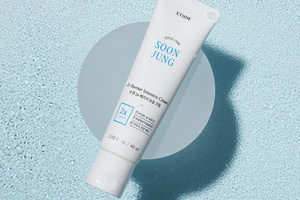
Common Skincare Actives & How They Affect the Skin

Skincare actives are powerful ingredients designed to target specific skin concerns—whether that’s acne, dullness, wrinkles, or pigmentation. But while these ingredients can work wonders, using them incorrectly or in excess can do more harm than good—especially to your skin barrier.
Let’s break down some of the most popular skincare actives, how they work, and what to watch out for.
Exfoliating Acids – AHAs, BHAs & PHAs
- Examples: Glycolic acid, Lactic acid (AHAs); Salicylic acid (BHA); Gluconolactone (PHA)
- Purpose: To improve texture, fade dark spots, smooth fine lines, and clear clogged pores.
- How They Work: These acids gently dissolve dead skin cells to reveal fresher, smoother skin underneath. AHAs work on the surface, while BHAs penetrate deeper into the pores, making them ideal for acne-prone or oily skin.
- Risks to Know: Over-exfoliation is real. Using these too frequently can lead to redness, flakiness, stinging, and increased sensitivity, especially if your skin barrier is already compromised.
Retinoids (Retinol, Tretinoin, Adapalene)
- Purpose: Anti-aging, acne treatment, and skin renewal.
- How They Work: Derived from Vitamin A, retinoids speed up cell turnover, boost collagen production, and help fade pigmentation and fine lines over time.
- Risks to Know: Retinoids can be drying and irritating, especially in the beginning. Overuse can thin the skin barrier, cause peeling, and increase sun sensitivity. Always start slow and use SPF daily.
Get Now: Retinal Skin Booster Serum
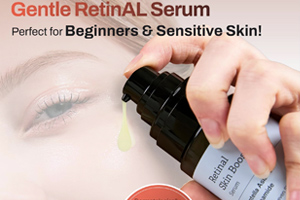
Vitamin C (Ascorbic Acid)
- Purpose: Brightening, antioxidant protection, and collagen support.
- How It Works: This powerful antioxidant helps fade dark spots, boosts collagen, and protects against environmental damage from UV rays and pollution.
- Risks to Know: High concentrations or unstable forms can cause stinging, redness, or irritation, especially for sensitive skin types. Pair with sunscreen for maximum benefits.
Niacinamide (Vitamin B3)
- Purpose: Strengthens the skin barrier, evens tone, and reduces redness.
- How It Works: A true multitasker, niacinamide helps regulate oil production, minimize pores, reduce inflammation, and reinforce your skin’s natural defenses.
- Risks to Know: Generally well-tolerated by most skin types, but in rare cases, overuse can cause mild flushing or irritation.
Benzoyl Peroxide & Other Acne Treatments
- Purpose: Kills acne-causing bacteria and reduces breakouts.
- How It Works: Often found in acne spot treatments, benzoyl peroxide is effective but potent. It works by penetrating the skin and targeting bacteria within the pores.
- Risks to Know: This ingredient can be harsh, leading to dryness, flaking, and barrier dehydration. Best used in moderation and followed by a hydrating moisturizer.
Peptides
- Purpose: Skin repair, hydration, and anti-aging.
- How They Work: Peptides are short chains of amino acids that support the production of collagen and elastin, key components of firm, youthful skin. They also aid in calming and repairing irritated or damaged skin.
- Safe to Use: Peptides are gentle and barrier-friendly. They’re especially beneficial for compromised or aging skin and can be used daily without worry.
Buy Now: Pink Peptide Serum
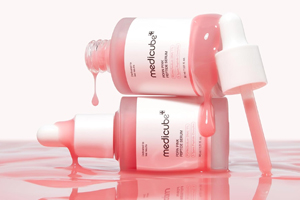
Ceramides
- Purpose: Replenish the skin barrier and retain moisture.
- How They Work: Ceramides are naturally occurring lipids in your skin that help seal in moisture and keep the skin barrier intact. Think of them as the “mortar” between your skin’s “bricks.”
- Safe to Use: Essential in any skincare routine, especially if your skin is dry, sensitive, or recovering from overuse of other actives.
Skincare actives can transform your skin—but only when used wisely. Knowing their benefits and risks allows you to build a smart, balanced routine that supports your skin barrier instead of compromising it.
READ MORE: 7 Skincare Ingredients to Avoid if You Have Sensitive Skin
Signs You’ve Overloaded Your Skin with Actives
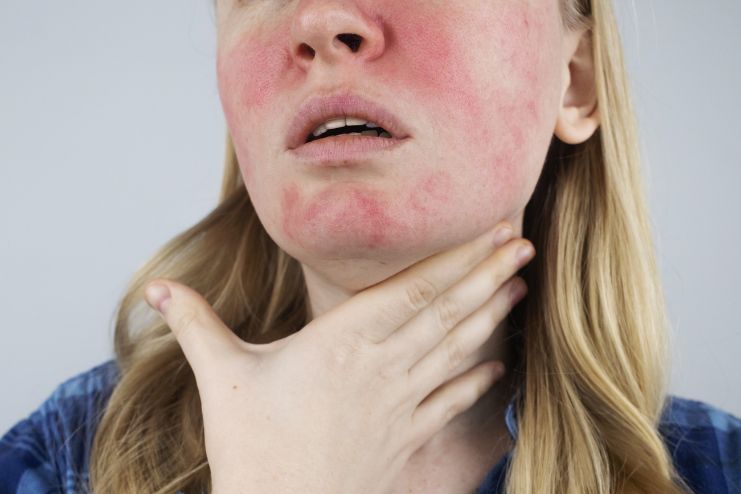
While active ingredients are game-changers in modern skincare, there’s a fine line between treating your skin and stressing it out. When used without enough recovery time or layered without understanding interactions, these potent ingredients can backfire, leading to more harm than help.
Not sure if you’ve gone overboard? Here are some telltale signs your skin is waving the white flag:
- Redness & Irritation – Your skin looks flushed, feels hot, or stings—even when you apply something as simple as a moisturizer. This is one of the most common signs that your barrier is compromised from too many actives.
- Dryness & Peeling – If your skin feels tight, dry, or starts flaking—especially around the nose, mouth, or cheeks—it could be reacting to over-exfoliation or a harsh retinoid routine.
- Sensitivity to Products – Products you used to love suddenly cause burning or tingling? That’s a red flag. A stressed skin barrier becomes more reactive to even gentle formulas.
- Breakouts or Bumps – Ironically, piling on activities like acids and acne treatments can disrupt your skin’s natural balance, leading to inflammation and breakouts instead of clearing them.
- Itching or Burning Sensations – Persistent itchiness or a burning feeling (without any visible rash) is often your skin’s way of saying, “Hey, slow down with the actives!”
- Dull or Uneven Texture – Too many strong treatments can strip away healthy skin cells, leading to a rough, uneven surface that no amount of makeup can fully hide.
READ MORE: Skincare Mistakes That Make Acne Worse (And How to Avoid Them)
How to Repair a Damaged Skin Barrier
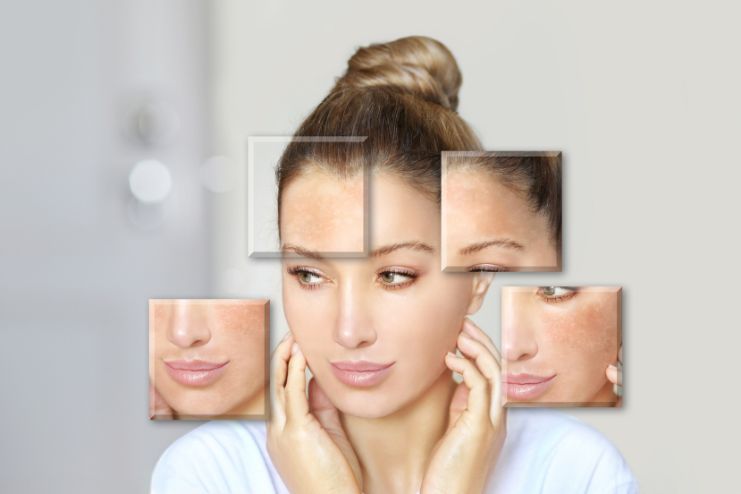
If your skin is screaming from overuse of actives—don’t panic. The good news? Your skin has a natural ability to heal itself. With the right support and a little patience, you can restore balance and bring back your glow. Here’s how to repair your skin barrier step by step:
Hit Pause on All Actives
First things first—strip your routine down to the basics. Stop using exfoliants, retinoids, vitamin C serums, or acne treatments for a while. Keep:
- Gentle cleanser
- Fragrance-free moisturizer
- Broad-spectrum SPF during the day
Let your skin breathe and heal.
Moisturize Like It’s Your Job
Hydration is key to barrier repair. Look for moisturizers with skin-loving ingredients like:
- Ceramides – help replenish the skin’s natural lipids.
- Hyaluronic Acid – draws moisture into the skin.
- Squalane – mimics your skin’s natural oils.
- Panthenol (Vitamin B5) – soothes and calms inflammation.
Pro tip: Layer your moisturizer over damp skin for better absorption.
Get Now: Collagen, Retinol & Hyaluronic Acid Cream – Moisturizer for Face
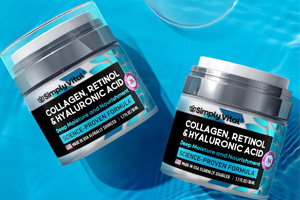
Use a Gentle, Non-Stripping Cleanser
Avoid foaming or heavily fragranced cleansers. Instead, go for:
- Creamy, sulfate-free cleansers
- Micellar water (for sensitive skin days)
You want your cleanser to clean without leaving your skin feeling tight or dry.
Hydrate from the Inside Out
Don’t forget the basics—drink plenty of water and load up on skin-friendly foods rich in omega-3s (like walnuts and fatty fish), antioxidants, and healthy fats.
Reduce Stress & Get Enough Sleep
Stress increases cortisol, which messes with both your hormones and your skin barrier. Prioritize:
- 7–9 hours of quality sleep
- Deep breathing or mindfulness
- Time offline (your skin will thank you)
Introduce Barrier-Boosting Products Slowly
Once your skin starts to feel calm and hydrated again (usually after 2–4 weeks), you can slowly reintroduce actives—one at a time and at low concentrations.
Start with barrier-supporting ingredients like:
- Niacinamide (2–5%)
- Peptides
- Low-percentage AHAs once or twice a week
Let your skin lead the way. Less is more.
Buy Now: Calming Moisture Barrier Cream
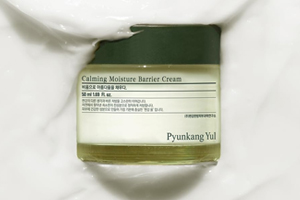
The Best Skincare Routine for a Healthy Skin Barrier
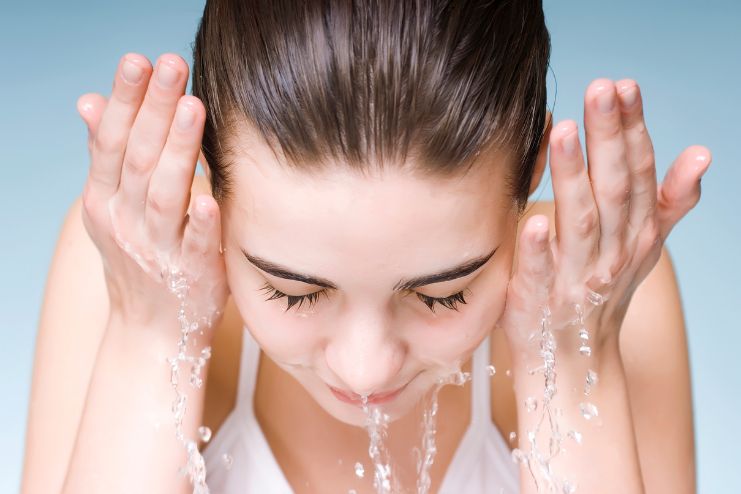
Once your skin is healed (or even before it gets irritated in the first place), the goal is to maintain a routine that supports your barrier while still addressing your skin goals. The secret? Simplicity, consistency, and a bit of ingredient wisdom.
Here’s a barrier-friendly skincare routine that works for most skin types:
Morning Routine
- Gentle Cleanser
- Use a sulfate-free, pH-balanced cleanser to refresh your face without stripping it.
- Hydrating Toner or Essence (Optional)
- Look for ones with ingredients like glycerin, aloe vera, or hyaluronic acid.
- Barrier-Strengthening Serum
- Niacinamide, peptides, or panthenol are great choices.
- Keep it simple—no need to layer five serums!
- Moisturizer
- Go for lightweight but nourishing options with ceramides, squalane, or fatty acids.
- Sunscreen (Non-Negotiable!)
- Use broad-spectrum SPF 30 or higher every single day—even if you’re indoors.
Evening Routine
- Cleanser
- Double cleanse only if you’re wearing makeup or sunscreen. Otherwise, stick to your gentle cleanser.
- Targeted Treatment (Optional and Cautious)
- If your barrier is healthy and you’re ready for actives:
- Use retinoids 2–3x a week
- Or gentle AHAs/BHAs once or twice a week
- Avoid combining too many actives in one go.
- If your barrier is healthy and you’re ready for actives:
- Barrier Repair Serum or Hydrating Booster
- Try hyaluronic acid, beta-glucan, or Centella asiatica for hydration and calm.
- Moisturizer
- Use a slightly thicker one at night to lock everything in and support overnight healing.
With a solid routine like this, you’re not just keeping your skin calm—you’re building resilience and setting the stage for that long-term glow.
READ MORE: Skin Cycling: The Skincare Trend Revolutionizing Your Routine
Pro Tips for Long-Term Barrier Health:
The truth is, your skin barrier doesn’t need complicated tricks; it needs consistency, patience, and a bit of TLC. Whether you’re healing from overuse of actives or just want to future-proof your skin, these small yet powerful habits can make all the difference.
Here are some long-term tips to help you maintain a healthy, resilient skin barrier:
- Always Patch-Test New Products: Even if the product is hyped, always test it behind your ear or on your inner wrist for 24–48 hours before applying it to your face.
- Avoid Over-Cleansing & Hot Water: Cleansing more than twice a day or using hot water can strip essential oils and damage your skin barrier. Stick to lukewarm water and gentle cleansers.
- Choose Barrier-Friendly Ingredients: Look for moisturizers and serums with ceramides. Squalane, Vitamin B5, Cica, etc. These ingredients replenish what your barrier needs to thrive.
- Introduce Actives Slowly: Start with lower concentrations, use them on alternate nights, and always moisturize after. Let your skin build tolerance over time.
- Never Skip Sunscreen: UV rays can silently erode your skin barrier, even on cloudy days or indoors. SPF 30+ is your barrier’s first defense line.
- Avoid Harsh Exfoliants: No scrubs with sharp beads or overly aggressive tools. Chemical exfoliants are gentler—but only if used correctly and not too frequently.
- Manage Your Stress: Chronic stress releases cortisol, which weakens your barrier and triggers breakouts or inflammation. Meditation, exercise, and better sleep can literally improve your skin.
- Feed Your Barrier From Within: A diet rich in omega-3s, antioxidants, zinc, and vitamins A, C, D, and E supports healthy skin from the inside out. Don’t underestimate the power of good nutrition.
- Wash Pillowcases & Towels Regularly: Build-up of bacteria and product residue can silently irritate the skin and affect healing.
- Be Wary of Product Layering Trends: Just because it’s trending doesn’t mean it’s for you. Mixing multiple acids or using vitamin C with retinol, for instance, can overload your barrier. Less is truly more.
By adopting these practices, you’re not just taking care of your skin—you’re investing in its future health, strength, and glow.
READ MORE: 10 Fruits for Glowing Skin
Conclusion
In the ever-evolving world of skincare, it’s easy to get caught up in the buzz around powerful actives and miracle ingredients. But here’s the truth—healthy, glowing skin starts with a strong foundation: your skin barrier.
Whether you’re tackling acne, dullness, or signs of aging, no product will work effectively if your barrier is compromised. Overloading your routine with too many actives too soon can do more harm than good. The key? Balance.
Be intentional with your skincare choices. Start slow, listen to your skin, and prioritize barrier-loving ingredients like ceramides, peptides, and niacinamide. Don’t forget the basics—hydration, sun protection, nutrition, and stress management all play a huge role in how your skin behaves.
Ultimately, skincare is a long game. Give your skin the time and care it deserves, and it will reward you with resilience, radiance, and lasting results.
References
- https://www.tirabeauty.com/article/articles/a-healthy-skin-barrier-should-be-your-top-skincare-goal-heres-why
- https://www.webmd.com/skin-problems-and-treatments/skin-barrier-what-to-know
- https://beautybio.com/blogs/skincare-blog/a-guide-to-trending-skincare-ingredients
- https://health.clevelandclinic.org/skin-care-ingredients-explained
- https://row.facethefuture.store/blogs/skincare/signs-youre-using-too-many-skincare-products
- https://dermaessentia.com/skin-care-routine-sos-7-signals-that-it-needs-a-reset/
- https://medium.com/curology/skincare-overload-pilling-and-other-signs-youre-overdoing-it-92a947d26843
- https://www.hindustantimes.com/lifestyle/fashion/simplified-skincare-routine-to-improve-your-skin-barrier-101685688200291.html
- https://www.boots.com/skincare-beauty-advice/skincare-advice/skincare-routines/skin-peptides-barriers
- https://uk.oriflame.com/campaigns/editorials/skincare/6-tips-for-a-stronger-skin-barrier
In this Article















